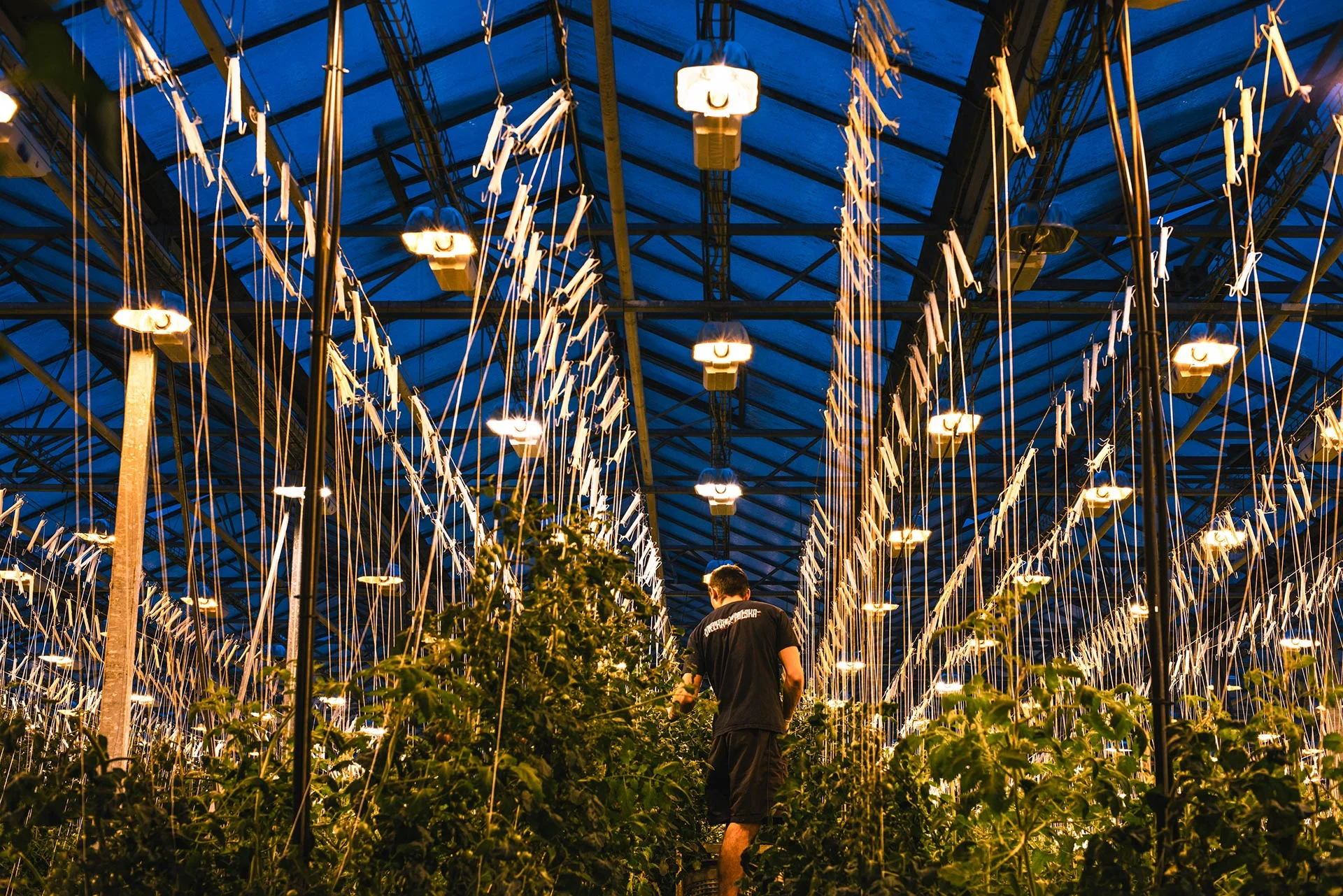
Rise in renewables hasn’t slowed fossil fuels
Solar and wind power combined to provide more than 10 per cent of the world’s annual electricity needs for the very first time in 2021, according to a new report.
Despite slowdowns caused by the pandemic, and amid a rise in global commodity prices, which impacted green energy projects with supply chain disruptions, renewables saw record growth last year.
Such growth is driven in large part by economics.
The report, Renewables 2022, found that the cost of solar photovoltaic (PV) projects dropped 89 per cent over the last decade and called renewables “the most affordable energy source to both improve resilience and support decarbonization.”
In his analysis of the findings, Tom L. Green, senior climate policy advisor with the David Suzuki Foundation, called renewables “the cheapest game in town.”
“For the first time, solar and wind power are at 10 per cent of the world's generating capacity,” Green told The Weather Network. “So that's a new threshold. And that shows that things are starting to accelerate.”
Meanwhile, investment in the sector rose for the fourth year in a row to $366 billion (US).
Compiled by some 650 experts, the report highlights that record additions were made in renewable power capacity (a jump of 17 per cent since 2020) and generation.
It also showcases national accomplishments, like the hydropower capacity added in Canada last year, which was the second-most in the world.
The potential for renewables is contrasted with the challenges fossil fuels pose to energy security and energy independence in light of gas price volatility and the Ukraine war.
But by other measures the state of renewable energy seems less optimistic.
Since 2009, the renewable share of heating and cooling has grown only about 2 per cent; and over the same timespan in the transport sector, which amounts to nearly a third of total energy consumption, renewables grew even less — from 2.4 to 3.7 per cent.

Aerial view of the steaming pipes at the Hellisheidi Geothermal Plant in Iceland. (Arctic-Images/ Stone/ Getty Images)
The report warns that the opportunity was missed to move more forcefully toward renewables during the pause presented by the pandemic, and noted that a “historic chance for a clean energy recovery” is simply “not happening.”
The economic recovery following two years of pandemic lockdowns has resulted in an increase of 4 per cent energy demand, most of which has been supplied by fossil fuels.
“Although many more governments committed to net zero greenhouse gas emissions in 2021, the reality is that, in response to the energy crisis, most countries have gone to seeking out new sources of fossil fuels, and to burning more coal, oil, and natural gas,” stated Rana Adib, executive director of REN21, which commissioned the report.
Canada is no exception, after finalizing plans earlier this year to invest billions in the Bay du Nord offshore oil project off the coast of Newfoundland.
Indeed, the report does not single Canada out as a green energy leader, and for good reason.
No other G20 countries, except Russia, Saudi Arabia, and Indonesia, added less solar power than Canada since 2017, with Canada lagging far behind most G20 nations in renewables growth.
“G20 countries provided two and a half times as much support for fossil fuels as they did for renewables,” Green said. “But in Canada, that was 14 and a half times more support for fossil fuels than for renewables.”
Analysts have found that Canada must add wind and solar capacity at between 5-18 times the rate these power sources were added in 2021, in order to meet net-zero goals by 2050.
Canada is not alone. While there were some standout nations — like Iceland, which covers nearly a third of its total energy consumption using renewables — the post-pandemic embrace of fossil fuels by most countries contributed to one of the largest increases in global CO2, of all time, reaching more than 2 billion tonnes.
Despite the positives that can be taken away from the findings, it is clear that the energy transition still has a long way to go.
Green stated, “Utilities know they're going to have to clean up as climate policy gets more stringent around the world.”
But he was also clear about what the energy transition needs most. “We need to stop giving so much money to fossil fuels. That's a sunset industry. That's yesterday's technology.”
Thumbnail image: An agricultural worker is seen in a greenhouse powered by renewable energy in Iceland. (Raul Moreno/ SOPA Images/ LightRocket/ Getty Images)











